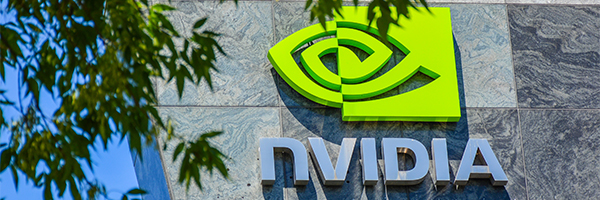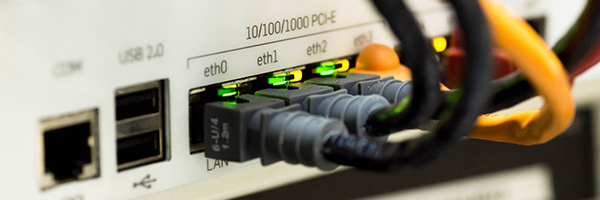Long Term

February 7, 2024 | Daily JAM, Long Term, Morning Briefing |
The United States is on a pace to add nearly $19 trillion to its national debt over the next decade, according to a new report from the Congressional Budget Office released today, Wednesday, February 7. The budget office projected that the annual deficit will grow to $2.6 trillion in 2034 from $1.6 trillion this year, adding $18.9 trillion to the national debt during the decade. By then, the debt is projected to surpass $54 trillion.

February 4, 2024 | Daily JAM, GWH, Long Term, Millennial, Special Reports, Stock Alerts |
Special Report: 10 Penny Stock Home Runs Pick #3 ESS Tech (GWH). The stock of this maker of iron flow, utility scale, long-draw-down batteries ticks all the boxes for my Penny Stock Home Runs.

January 30, 2024 | Daily JAM, Long Term, Millennial, Special Reports, Volatility |
Usually I start off one of these stock-picking Special Reports by building a paradigm that I can use to screen for the kind of stocks I’m looking for. For this Special Report: 10 Penny Stock Home Runs I’m going to reverse that process and begin with the 10 picks.My first pick is Luminar Technologies.

January 19, 2024 | Daily JAM, Long Term, Morning Briefing, Top 50 Stocks, TSM |
Shares in Taiwan Semiconductor Manufacturing (TSM) were up almost 10% yesterday after the company announced an unexpectedly strong return to growth. That has in turn pushed chip stocks higher across the sector. For example, shares of Advanced Micro Devices (AMD), which were already moving higher this week ahead of the news, hit a new record high today. The good news from semiconductor companies and the moves on their stock have also rallied the general market.

January 18, 2024 | Daily JAM, Dip-O-Meter, Jubak Picks, Long Term, Top 50 Stocks, V |
Today I posted my 319th YouTube video: Quick Pick Visa. And I’ll be adding the stock to another of my portfolios.
January 17, 2024 | Daily JAM, Long Term |
Well, what did you expect Chinese officials to talk about at Davos? Yesterday, Premier Li Qiang said in a speech at the World Economic Forum in Davos, Switzerland, that China’s economy is expected to have grown 5.2% in 2023. Which would exceed the government’s target of “around 5%” set in March. Li’s estimate roughly agrees with the average 5.3% expected by economists. In 2022, China’s economy grew at a 3% rate.But also yesterday, the National Bureau of Statistics said that China’s population decline has accelerated.

January 14, 2024 | Daily JAM, Jubak Picks, Long Term, QCOM, Short Term, Special Reports, Stock Alerts, Volatility |
GREATER Growth Stock Pick #10: Qualcomm (QCOM). I think the market and the current stock price are missing a good prt of the growth story for Qualcomm. Which is why I find the stock undervalued enough to buy here. Right now the market disagrees. However, I’ll be adding the stock to my Jubak Picks and Volatility Portfolios on Tuesday, January 16.

January 10, 2024 | Daily JAM, Long Term, Morning Briefing |
Right now all that the bond market and indeed all the financial markets care about is when will the Federal Reserve begin to cut interest rates. The consensus is that sometime relatively soon–March or more likely June–the Fed will begin to deliver interest rate cuts that will total somewhere around 100 basis points (at least) for 2024. But what if the Federal Reserve and other central banks around the world really aren’t in control of interest rates in the bond market anymore?

January 4, 2024 | Daily JAM, DNNGY, EQNR, Jubak Picks, Long Term, VWDRY |
I think this is good news, sort of, for the very troubled wind power sector.
Yesterday, January 3, Equinor (EQNR) and BP (BP) announced that they would terminate their contract and exit the 1.2 gigawatt Empire Wind 2 project off the coast of New York. Why is this good news?

November 21, 2023 | Daily JAM, Long Term, NVDA, Stock Alerts |
Nvidia (NVDA) beat Wall Street expectations again. After the market close today, November 21, the company reported adjusted earnings per share of $4.02 on revenue of $18.12 billion. Analysts had projected adjusted earnings per share of $3.36 and revenue of $16.1 billion.

November 16, 2023 | Daily JAM, Long Term, Millennial, Top 50 Stocks |
More real world dissent to Wall Street’s view that everything looks great for 2024. On Thursday Cisco Systems (CSCO) shares closed down 9.83% after the networking giant offered up significantly weaker-than-expected guidance for 2024. Wall Street analysts called the guidance “disappointing.” And the same day cybersecurity favorite Palo Alto Networks (PANW) dropped 5.42% after the company lowered its billings forecast for the fiscal 2024 year.

November 2, 2023 | AAPL, Daily JAM, Long Term, Morning Briefing, Top 50 Stocks |
So let’s see how the market takes this tomorrow.
Today stocks staged an impressive upside more. The Standard & Poor’s 500 closed up 1.89% and the NASDAQ Composite ended the day 1.78% higher. The small cap Russell 2000 was the day’s best performer with a win of 2.67% Tomorrow? Well, the October jobs report released at 8:30 will certainly help set the tone for the day with a weak report likely to reinforce the belief that the Federal Reserve is done aiding interest rates. But given how much of the recent bounce has been fueled by a return of optimism about technology stocks, it’s likely that Apple’s disappointing results, announced after the close of trading today, Thursday, November 2, will determine the direction of the trend.












